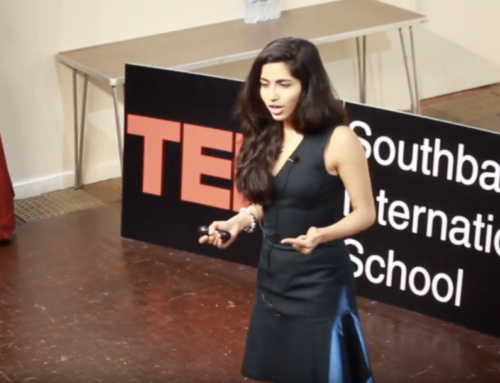Seth Godin’s TED.com talk on his latest book, Tribes, recently became available on TED’s web site: http://tinyurl.com/o8cx5f. What does Seth do right, and what does he do wrong as he tells us his latest idea?
We can all learn from Seth Godin on both counts. First, what he does right.
Seth makes it all about the audience. The typical speaker tells us about all the research he has done, and what it shows. Seth tells us about – us. How we all want to create change, lead a movement, and stand out. Even if you personally don’t want that, you get caught up in the underlying emotional message: you’re special. It’s very hard to resist.
Seth’s passion comes through because he is open to the audience. Godin’s openness comes through in his body language and his inclusive language. That creates a strong connection with the audience, so that we are ready to receive his passionate message. If a speaker doesn’t begin by being open, we will reject the message. It’s that simple.
Seth uses humor to disarm any potential critics. If we were inclined to say, ‘hang on a minute, not everyone can be a leader; that doesn’t make sense. The world needs followers, too,’ Seth’s humor stops us from insisting too much on the logic. His humor is contained in his slides – great visual humor that you can get in one blink, like the shot of the firefighters sitting posed for a picture outside a burning house.
What does Godin do wrong? Not much, but here are a few ways in which he could improve.
He wanders around the stage. Seth has what we call ‘happy feet’ – he allows some of his adrenaline to come out in wandering around the stage. The result is distracting and undercuts the effectiveness of his message. It’s just harder to get what he’s talking about when his body provides a random visual distraction that way.
He allows his volume to get away from him. Sure, it’s a big audience, and sure, he’s passionate. But too much shouting quickly gets tiresome on the ear. He needs to vary his pitch more, like he does his pacing. Seth is an expert pauser for effect, and he should vary his volume too.
His speech strings too many ideas together that don’t really connect logically. Godin begins with an assertion in the form of a question – what do ‘we’ – that is, the audience and Seth – do today? We all want to change things, he says. It’s an assertion grabbed from the air, and it doesn’t bear much logical thought. To the contrary, most people hate change. But never mind. From there, he launches into a quick history of recent times: from factories to television to leaders (and tribes). Soon he’s talking about how to do it – ‘it’ being start a movement. It’s all a bit loosey-goosey, logically speaking, and it’s really an emotional argument (that everyone – you and you and you – are potential leaders, all special), not an idea per se.
But overall, this is a great communicator with a deep understanding of how to connect with audiences. Study this TED.com talk for how to up your own game.








In my defense:
1. they put a piano in the middle of the stage ten minutes before I went on. So instead of organizing pacing, I had a little tiny area to work with and it freaked me out.
2. the audience at TED does want to change the world. That’s why they’re there. The other people, the people watching me on video, they were more normal. But my audience that day were world-changers and proud of it.
thanks for the kind words!
In my defense:
1. they put a piano in the middle of the stage ten minutes before I went on. So instead of organizing pacing, I had a little tiny area to work with and it freaked me out.
2. the audience at TED does want to change the world. That’s why they’re there. The other people, the people watching me on video, they were more normal. But my audience that day were world-changers and proud of it.
thanks for the kind words!